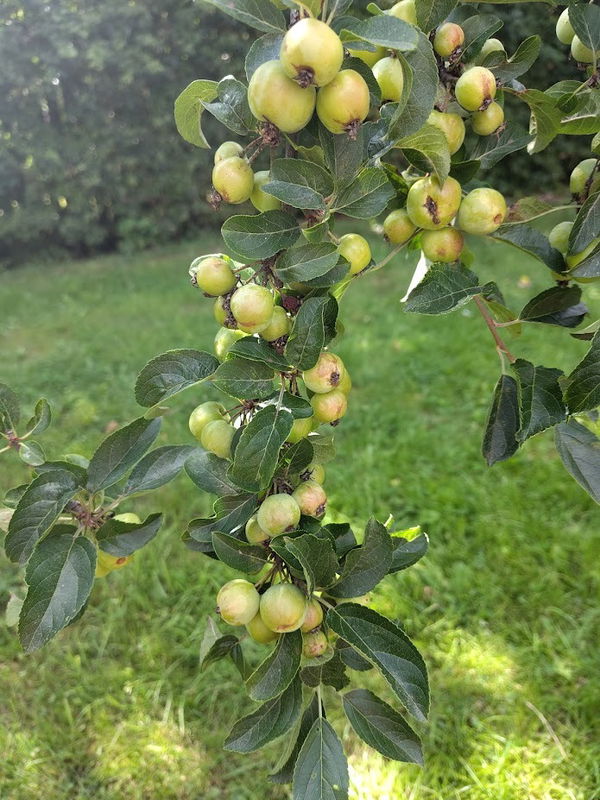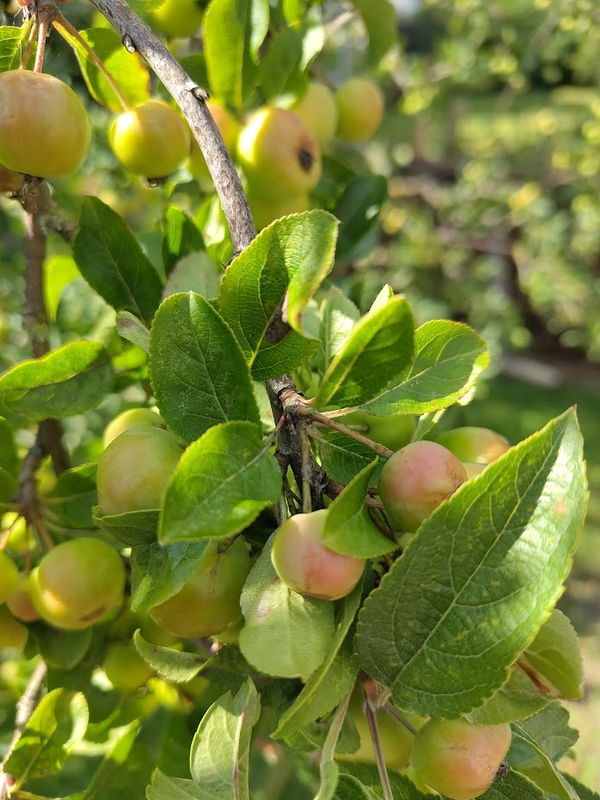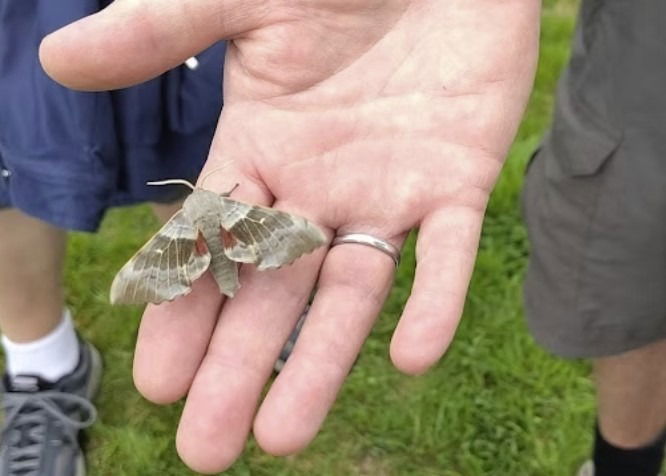August Tree of the Month: Crab Apple
Sunday, 3 August 2025
This is a tree we can find easily, they are very common. Growing to between 7-10 metres, they enjoy a range of habitats, including growing well in towns and gardens, in woodland, farmland and on grassland. They can live up to about 100 years.
They are small trees which are very pretty in the spring, with their pinky-white flowers. The small fruit develops and ripens into small green apples.

The crab apple is a very close relative of the eating apples we so enjoy. There are so many different types of eating apples! 6,000 varieties!
They all descended from Central Asia. The wild Malus Sieversii still can be found there today.
Did you know?
- The name 'crab apple' can be traced by to the Old Norse word for 'sour'
- 'Crabbed' also means 'sour' or 'disagreeable'
- Crab apples are often host to the parasitic plant, mistletoe.
- Crab apples are better cooked than eaten raw
- You can make crab apple jelly, or roasted with meat.
- You can use crab apples to infuse gin, vodka, brandy or rum.
- Watch this video to see how to make Red Wine Poached Crab Apples

Wild life
Over 90 insect species enjoy living on and eating, crab apples. These insects cross pollinate the flowers and pollen from other apple trees.
The leaves are eaten by caterpillars of many moths (including the magnificent Hawk Moth).
Many mammals also eat the apples, mice, foxes, voles, badgers.
Birds eat the flowers and the fruit.

Hawk Moth
Watch a year in the life of the Crab Apple Tre
Here is a beautiful video by the Woodland Trust, showing you the Crab Apple throughout a year.
